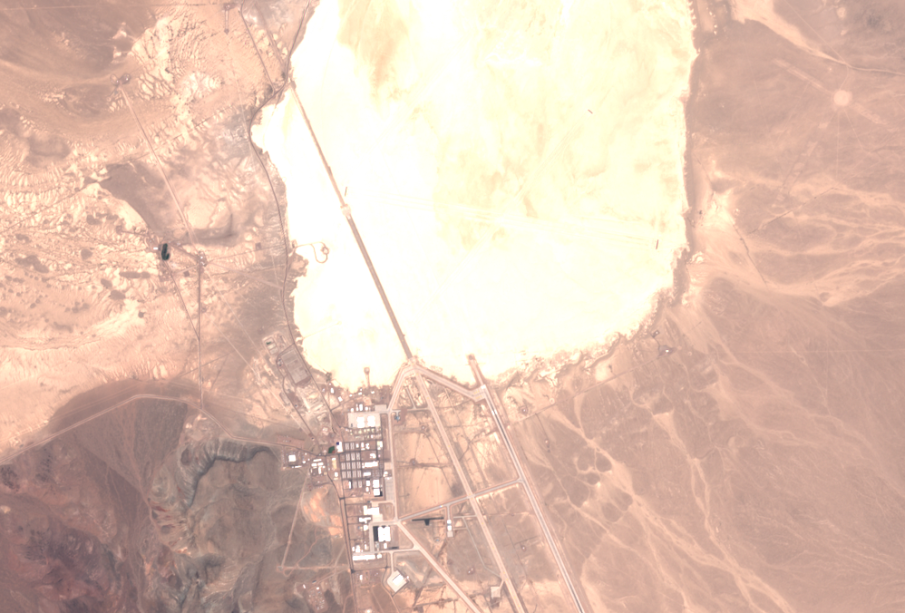Unraveling the Mystery of Area 51

Introduction
Area 51, a highly classified U.S. Air Force facility located within the Nevada Test and Training Range, has captivated the public imagination for decades. Its association with extraterrestrial life, advanced aircraft testing, and government secrecy has spawned countless conspiracy theories and cultural references. Understanding Area 51 is crucial not only for its historical context but also for its ongoing relevance in discussions about national security and public interest in government transparency.
History and Significance
Initially established in the 1950s for the development of U-2 reconnaissance aircraft, Area 51 became the epicenter of military aviation innovation during the Cold War. The facility is shrouded in secrecy, with the U.S. government only acknowledging its existence in the 1990s. Its remote location and restricted airspace have contributed to its aura of mystery, making it a focal point for UFO enthusiasts and those curious about government cover-ups.
In 2019, the “Storm Area 51” phenomenon gained widespread attention after a satirical Facebook event encouraged people to gather at the base to “see them aliens.” Although the event was intended as a joke, it brought attention to the continued public fascination with Area 51 and the broader topics of government transparency and the possibility of extraterrestrial life.
Current Developments
Recently, discussions surrounding Area 51 have shifted from conspiracy theories to matters of national defense. With ongoing advancements in aerial technology, including the development of hypersonic weapons and advanced drone systems, some experts believe that installations like Area 51 play a critical role in keeping pace with global military advancements. Additionally, the recent release of government reports on unidentified aerial phenomena (UAP) has reignited interest in Area 51 as a site of potential UFO investigations.
Conclusion
Area 51 remains a complex mix of myth, military secrecy, and public intrigue. As government transparency continues to evolve, it is likely that the facility will remain a point of interest for both researchers and the general public. The discussion around Area 51 not only reflects society’s fascination with the unknown but also raises important questions about national security and the government’s role in informing its citizens. For those interested in history, aviation, or the mysteries of the universe, Area 51 represents a compelling intersection of all these themes.









